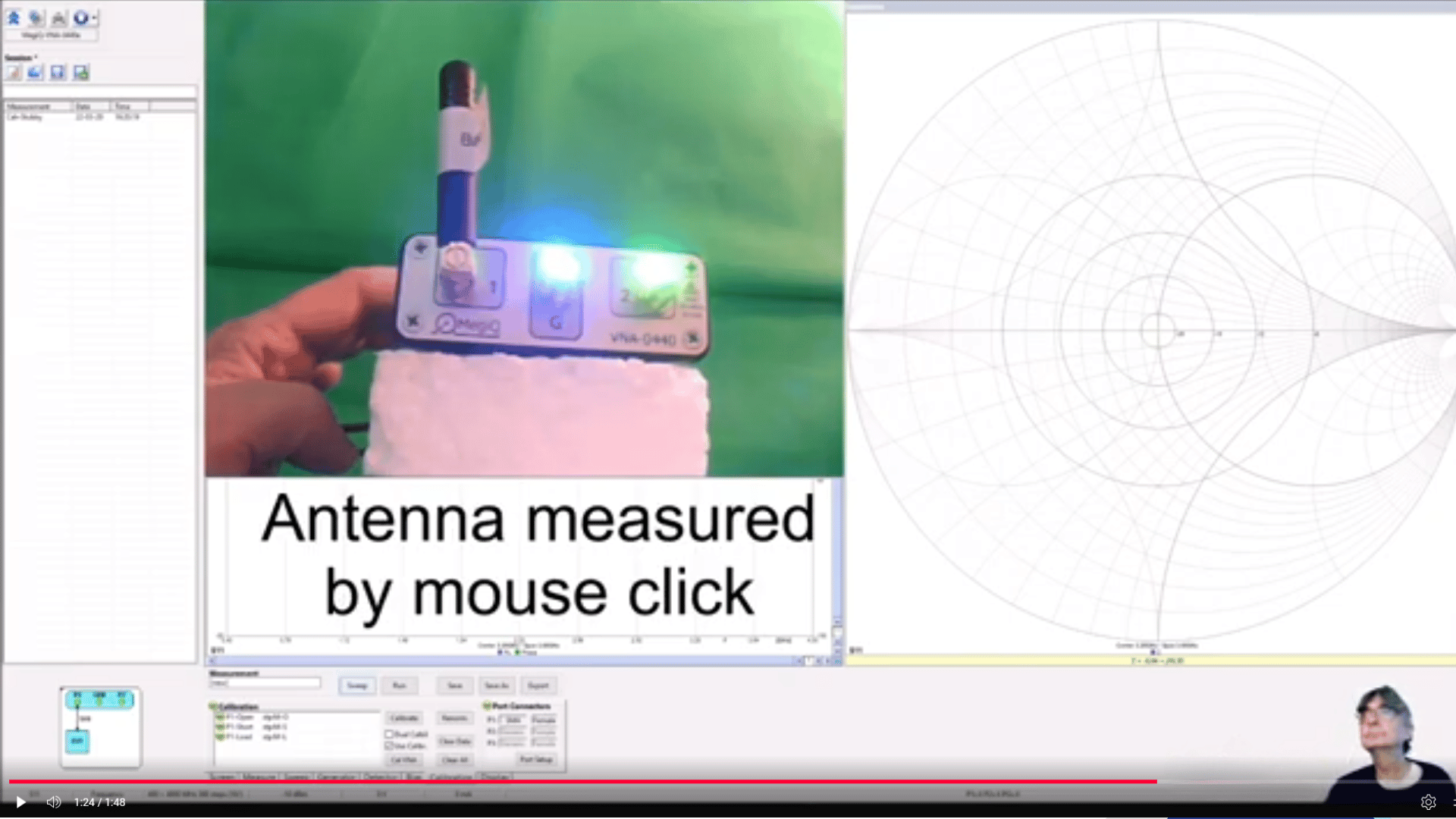
1. VNA / Integrated Antennas Training Concept
This 12-hour, practice-oriented online training course is aimed at beginners who have never worked with a vector network analyser (VNA) before. The training combines theory, interactive video calls and practical measurement exercises with self-assessment.
Overview
– Duration: 12 hours in total
– Lesson frequency: One lesson every 2 days
– Format per lesson:
– Preparation: Reading or material (approx. 1 hour)
– Video call: 1.5 hours of theory, demonstration & guided measurement exercises
– Follow-up: Self-assessment & practice on measurement objects (2-4 hours)
Materials
– Test boards, cables, adapters according to Antennity price list
– Soldering iron and solder from the learner’s inventory for soldering a matching network
1.1 Lesson 1 – Introduction to VNA and S-parameters
Objectives
– Understand what a VNA measures and what it is used for
– Become familiar with the S1P format and the representations return loss, VSWR, Smith chart
Contents
– PowerPoint presentation ‘What is a VNA?’ with handout for review
– White paper ‘Low cost PCB antenna design for wireless IoT’ as preparation
Exercise
– Read and reflect on the reading
Time
– Preparation: 1 hour
– Video call: 1.5 hours
– Self-study: 2 hours
1.2 Lesson 2 – Calibrating the NanoVNA
Objectives
– Correct calibration with open, load, short
– Perform initial measurements on test board
Contents
– Deconstruction of the calibration procedure using a test board
– Guided measurement exercise in video call
Exercise:
– Self-check exercises with PDF documentation, comparison of return loss and Smith chart curves with sample
Time:
– Video call: 1.5 hours
– Self-study: 2–4 hours
1.3 Lesson 3 – Influence of the measurement setup on measurement results
Objectives:
– Recognising and avoiding typical sources of error in the measurement setup
– Understanding the hand and housing effect
Contents
– Examples of typical errors: defective coaxial socket, incorrectly laid cable
– Measurement with plastic housing and influence of the hand effect on 868 MHz antennas
Exercise
– Practical measurement exercises with different setups
Time
– Video call: 1.5 hours
– Self-study: 2–4 hours
1.4 Lesson 4 – Antenna measurement and evaluation
Objectives
– Understanding different antenna types and how to measure them
– Performing your own antenna measurements and interpreting the results
Contents
– Measurement of three antennas from the evaluation kit
– Methods for data evaluation and self-checking
Exercise:
– Independent measurements and comparison with sample data.
Time:
– Video call: 1.5 hours
– Self-study: 2–4 hours
1.5 Lesson 5 – Simulating and understanding matching networks.
Objectives:
– Fundamentals of antenna impedance matching.
– Using free simulation software (e.g. Atyune).
Contents
Introduction to matching networks
Simulation of networks and evaluation
Exercise
Creating and logging your own simulations
Time
Video call: 1.5 hours
Self-study: 2–4 hours
1.6 Lesson 6 – Fine-tuning IFA antennas using the example of 868 MHz
Objectives:
– Frequency tuning by physically modifying the radiator
– Impedance matching using a matching network and short-circuit arm modification
Contents:
– Practical measurement and tuning exercises for the IFA antenna
Exercise:
– Independent fine-tuning and measurement exercises with self-checking
Time:
– Video call: 1.5 hours
– Self-study: 2–4 hours
1.7 Lesson 7 – Customer-specific application
Objectives
– Direct transfer of what has been learned to the participants’ practical examples
– Deepening of skills on customer-specific antennas and applications
– Calibration of an open coaxial cable and measurement of an antenna from the learner’s existing kit design
Contents
– Selection from LoRaWAN (868 MHz), Bluetooth/WiFi (2400 MHz) or cellular antennas (4G/5G)
– Joint development of solutions and measurements
Exercise:
– Independent measurement and analysis tasks close to the customer application. Measurement of the antennas of the learner’s existing IoT devices.
Time
– Video call: 1.5 hours
– Self-study: 2–4 hours
Summary
– Each lesson builds conceptually on the previous one
– Preparation is important in order to work effectively in the video call
– Self-monitoring with documentation promotes sustainable learning
– Regular breaks, asking questions and practising measurements are the keys to success
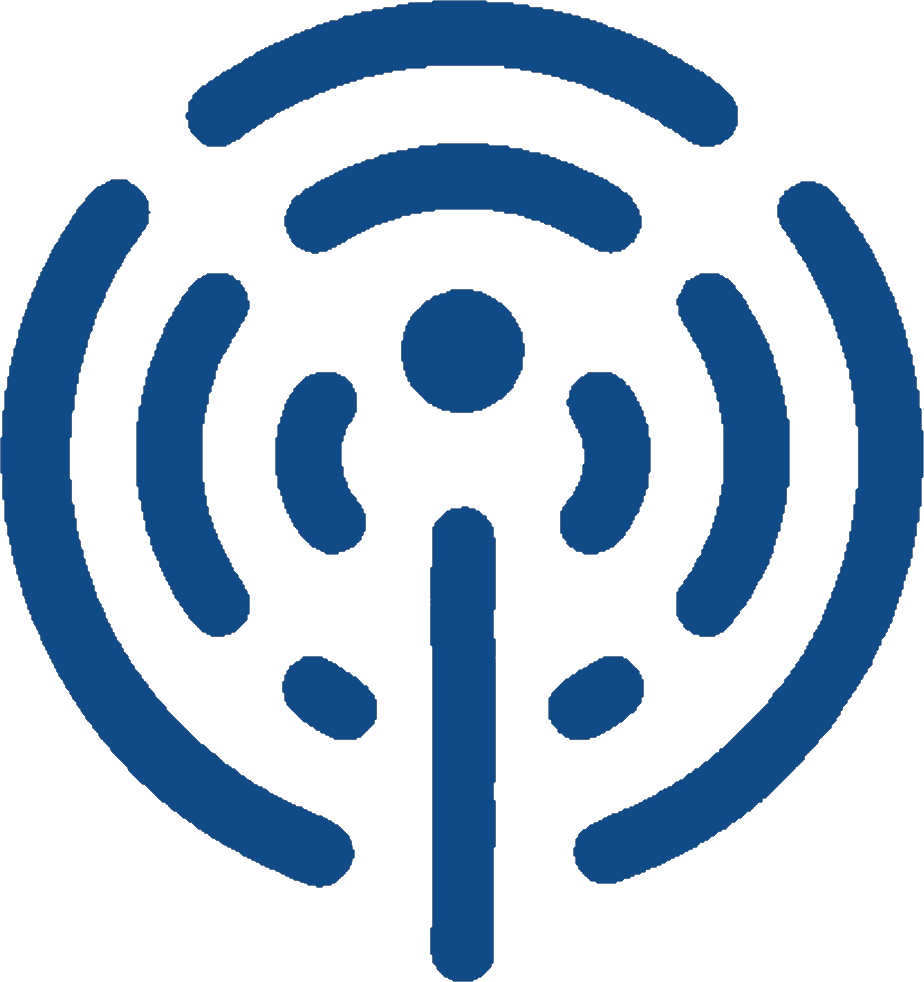
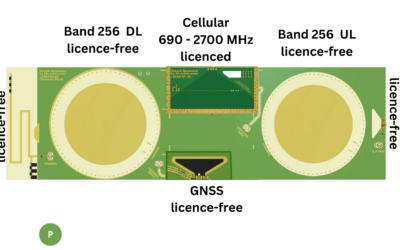
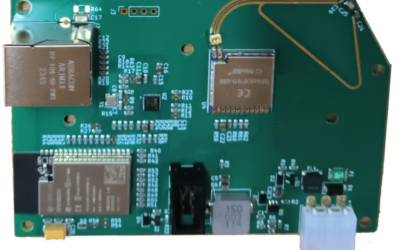
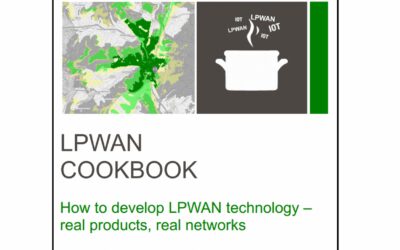
0 Comments